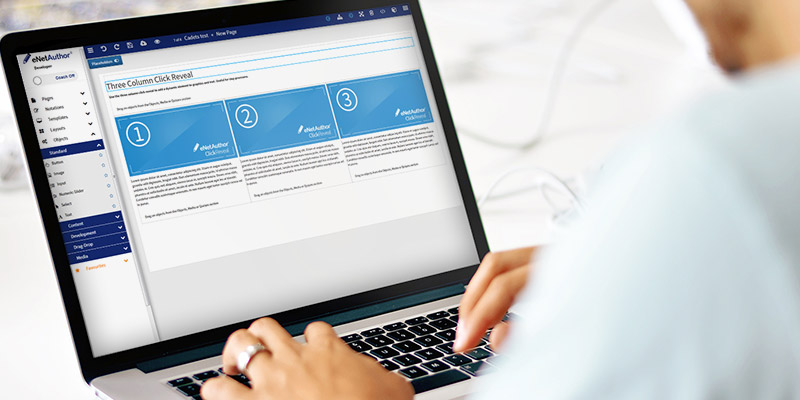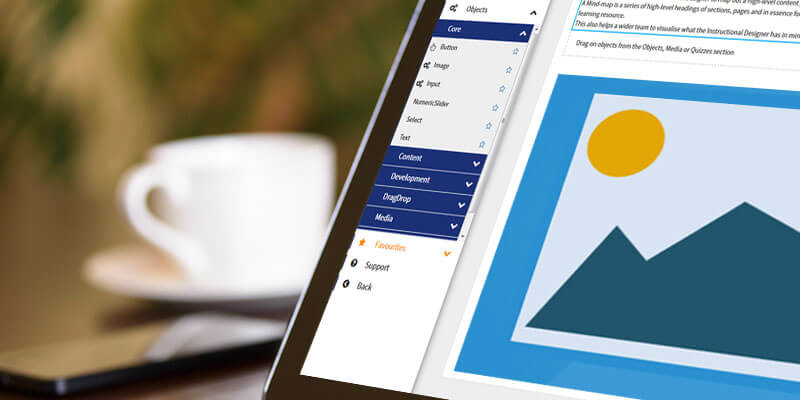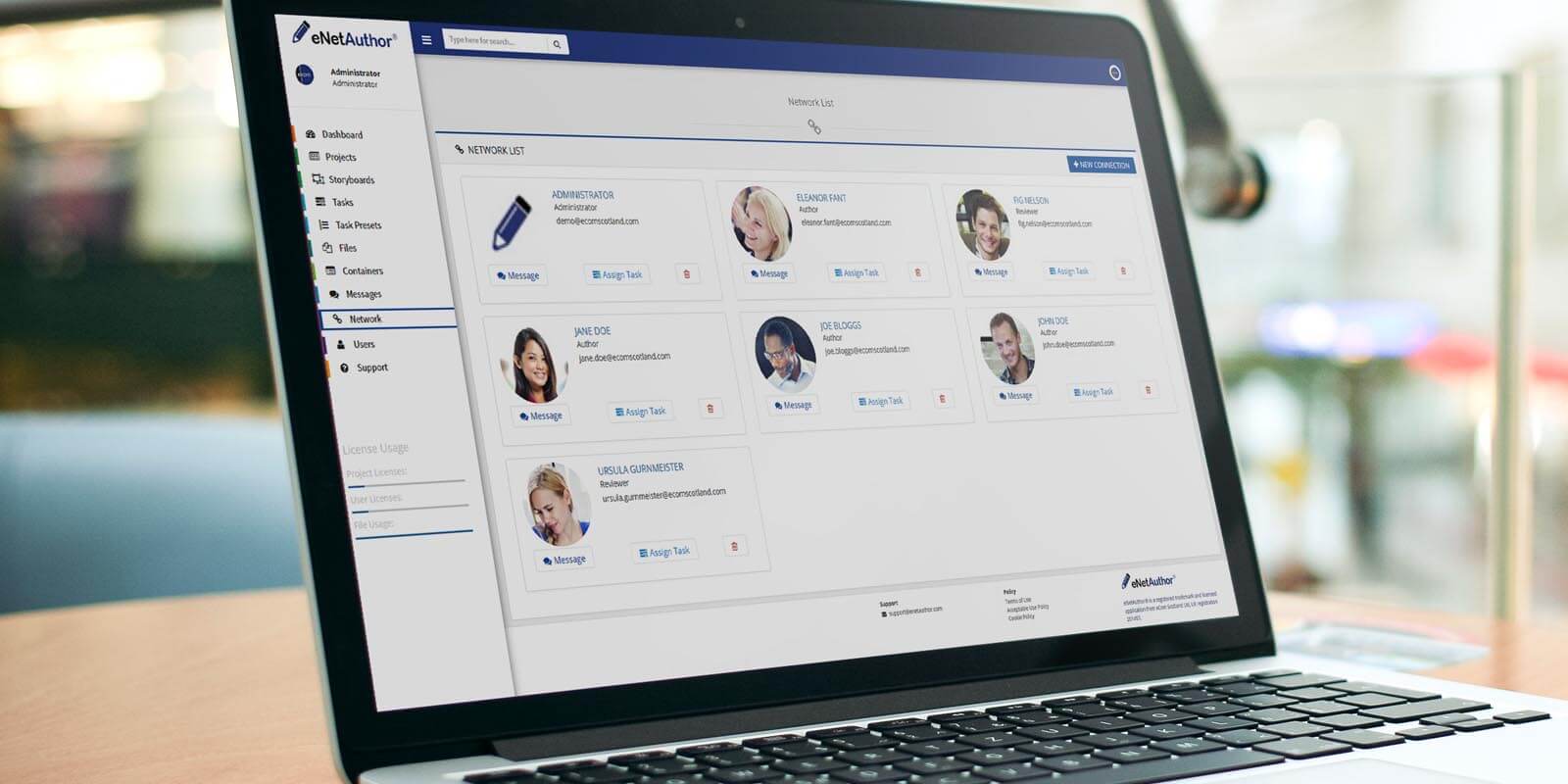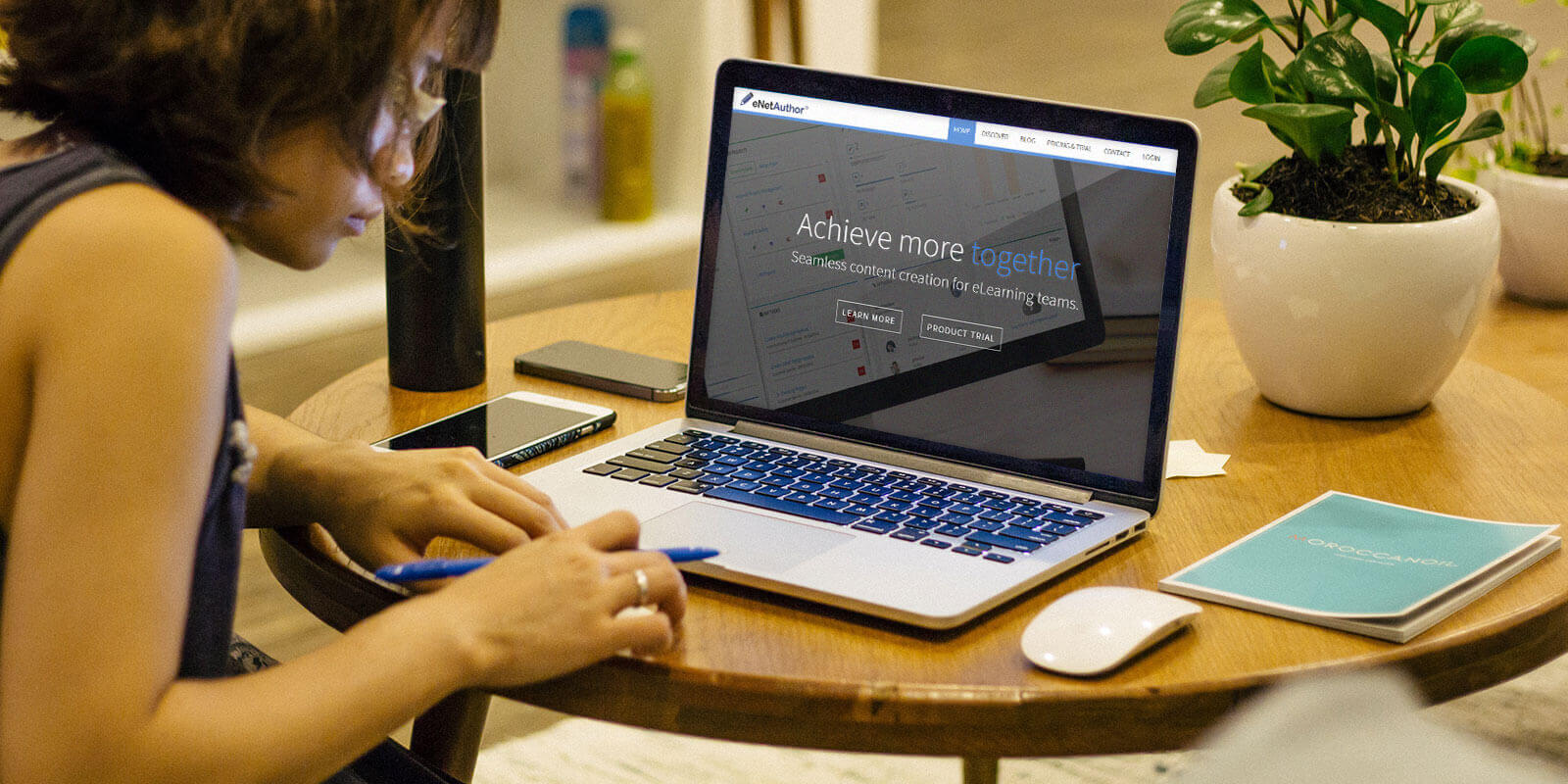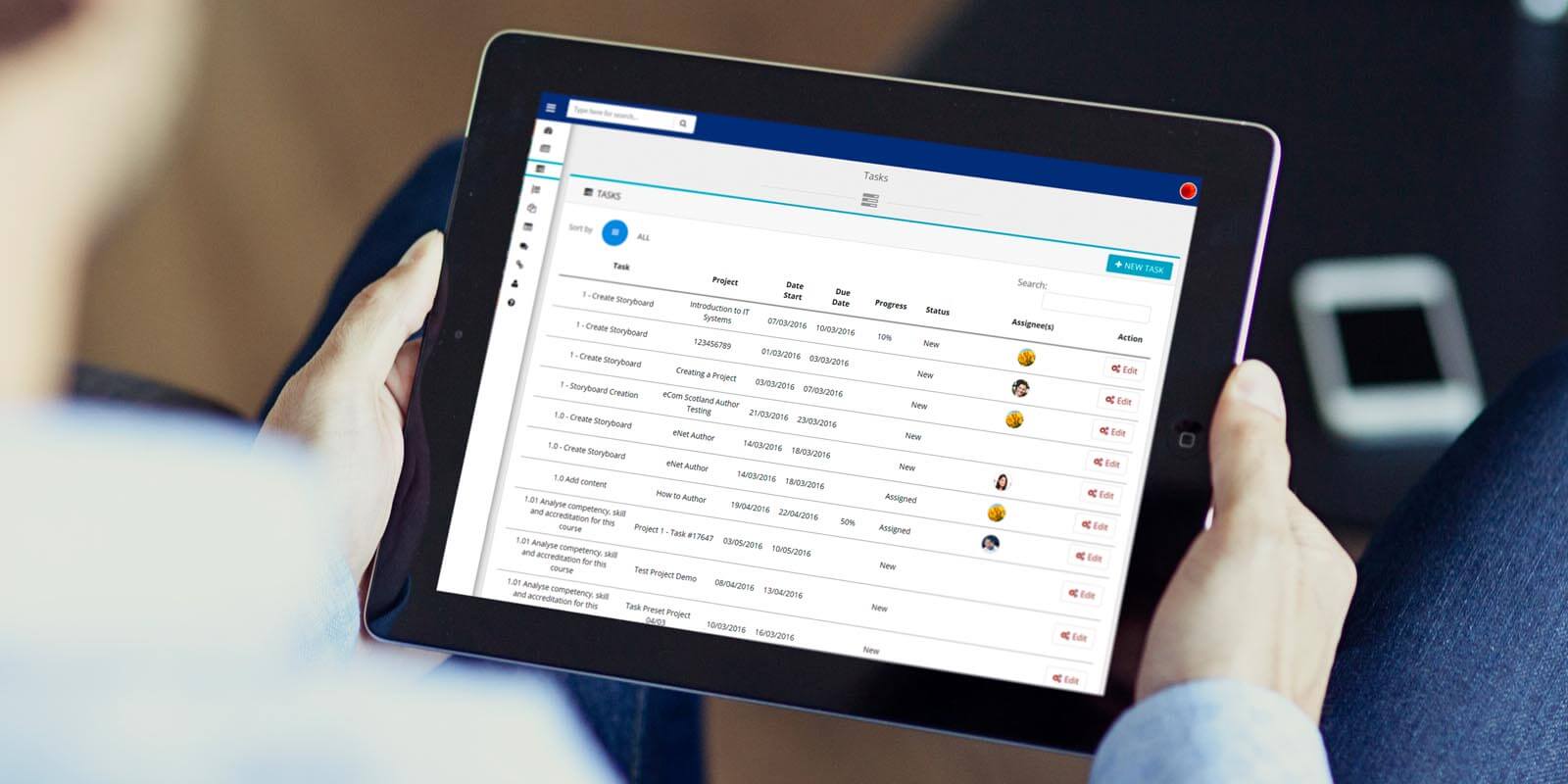How to Use Graphics in eLearning
When creating an eLearning course it is important to consider the best use of graphics in the course.
A good graphic can really hit home and connect with the learner, however the wrong graphic can quickly change the message the learner receives.
Primary Considerations in Course Planning
When planning your course, the first consideration for many will be the text. However, it is important to consider the entire content. This could include animations, video or audio though the most common element other than text is graphics.
The use of graphics alongside text is extremely important as learners tend to retain knowledge and learn more effectively when there is a blended use of text and graphics. There should however be a reason behind the use of each graphic in the course - choosing graphics that are relevant to the topic is important rather than including graphics that are used only for aesthetics.
Danger of Overusing Graphics
While it is important for the design to be attractive and eye-catching, there is the temptation to over-indulge with graphics and other design elements and this often tends to have the opposite effect. Therefore you should select graphics that emphasise key points and which the learner can relate to.
Using fewer graphics is often better and more impactful. Crowding the screen with numerous graphics will lead to clutter and potentially risk the learner losing interest or motivation. Keep graphics to a minimum on a screen and remember the use of one good graphic will potentially be much more effective than several graphics.
Do not however be afraid of including a graphic to break up a lengthy block of text – see figure 1 below .

If there is too much text there is also the risk the learner will lose interest or concentration. Remember that text alone is less effective and supplementing with a graphic will assist the learner in the retention of knowledge.
Correct Placement of Graphics
The placing of the graphic to its related text is also important when planning your design. Placing the graphic close to the pertinent section of text helps facilitate the learning process and allows the learner immediate reference to the graphic.

Best practice suggests that the graphic be placed on the same screen as the related text for maximum benefit. Always avoid placing graphics on the screen before or after as this will often cause confusion or frustration with the learner.
Graphics can also be used in other ways within an eLearning course:
- To establish relationships - often graphics can help to establish a relationship with themes, concepts or ideas. Icons, for example, can be a very effective way of relating the learner to recurring elements in a course. An icon could easily show when there is a video to watch, maybe an exercise to complete and could be used as a way to demonstrate recurring themes throughout a course. Icons offer a quick and easy way for the learner to recognise and remember key elements and important sections of content.
- With interactions - one simple but effective example is to include a graphic to show if the learner has answered a question correctly or incorrectly. Say the learner gets the answer to a question wrong, the graphic could be a red cross and if the learner is correct the graphic could be a green tick. Not only will it look nice it provides immediate recognisable feedback to the learner.
- To demonstrate a complicated situation - Images and graphics can also be a really effective method to demonstrate a complicated situation and can often do this better than text can. A good graphic can quickly and easily explain a complex process or the logical flow of a process much more effectively and simply than text only.
Graphics are an essential component of an eLearning course. Good use of graphics will result in an engaging and motivational learning experience and ensure effective knowledge transfer and retention of knowledge.

